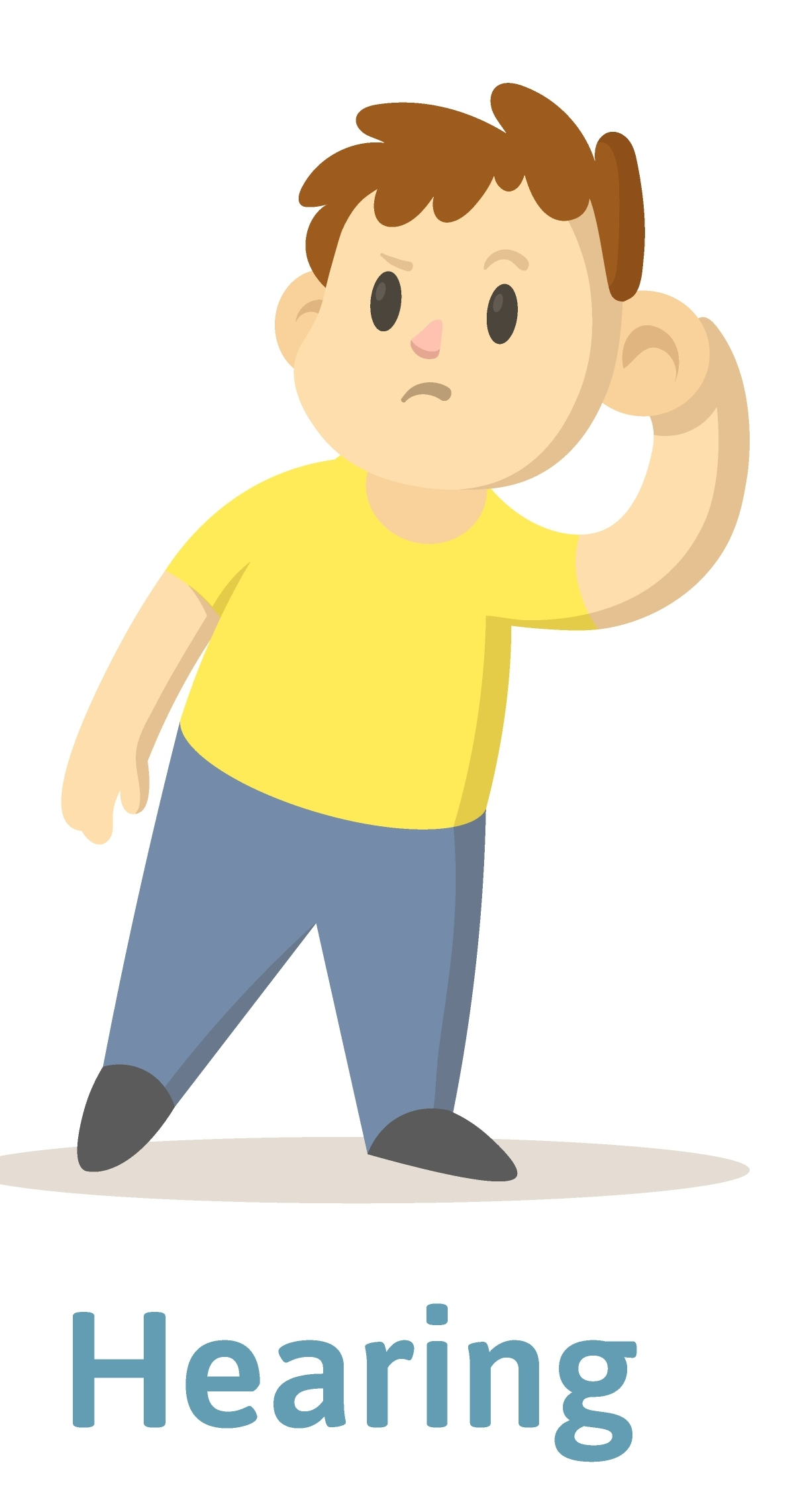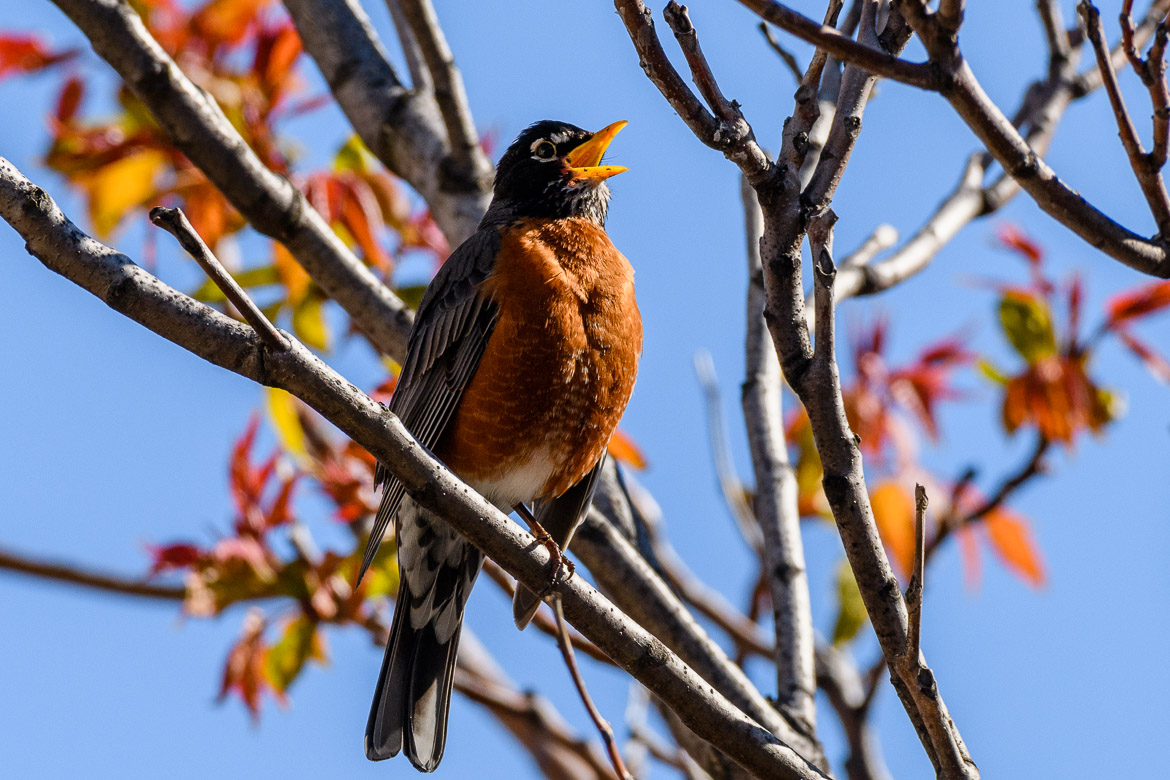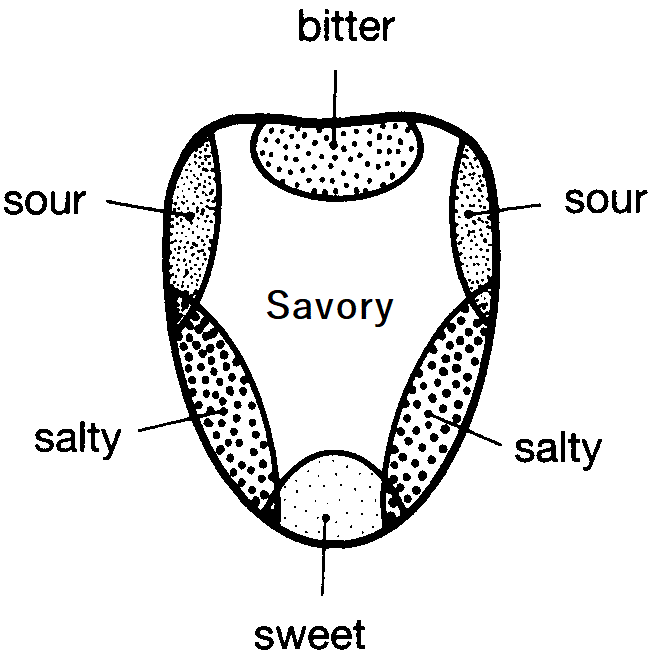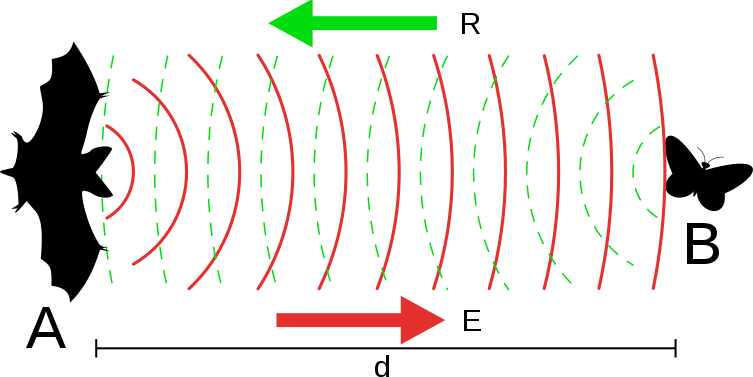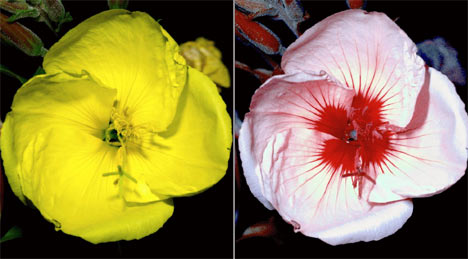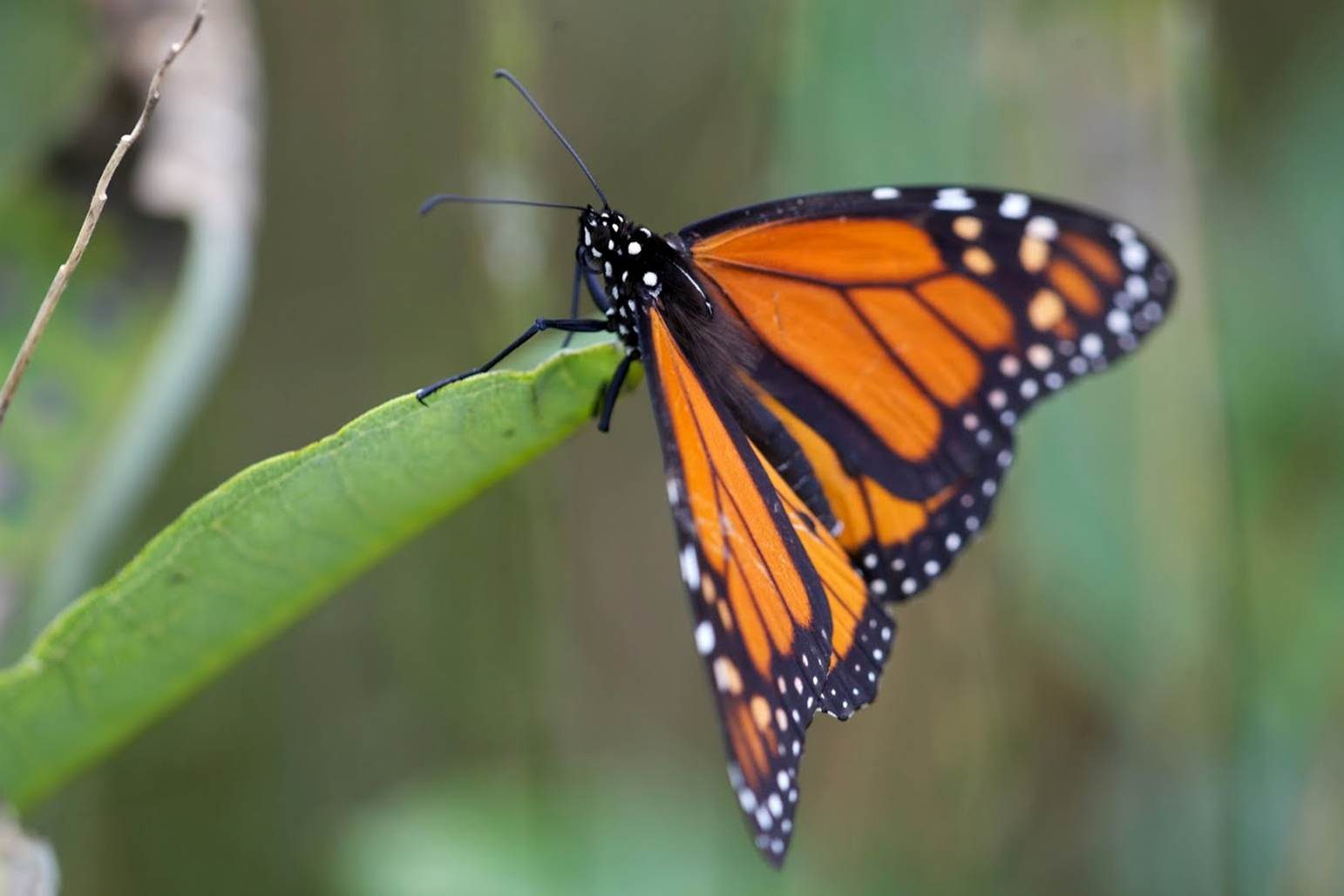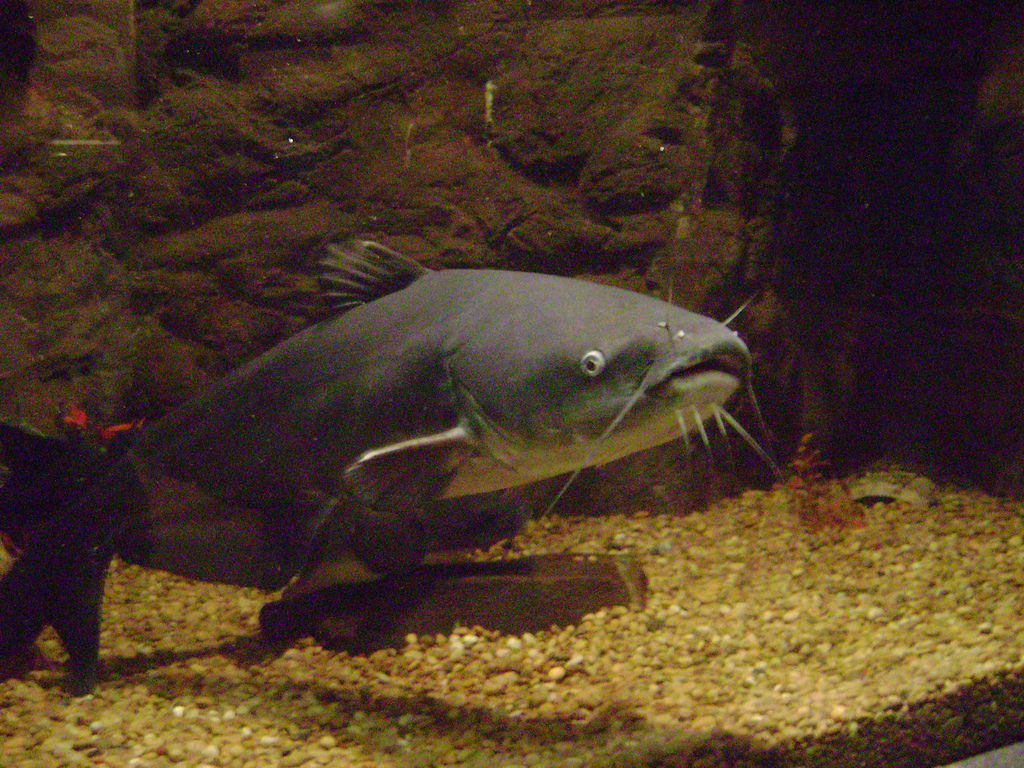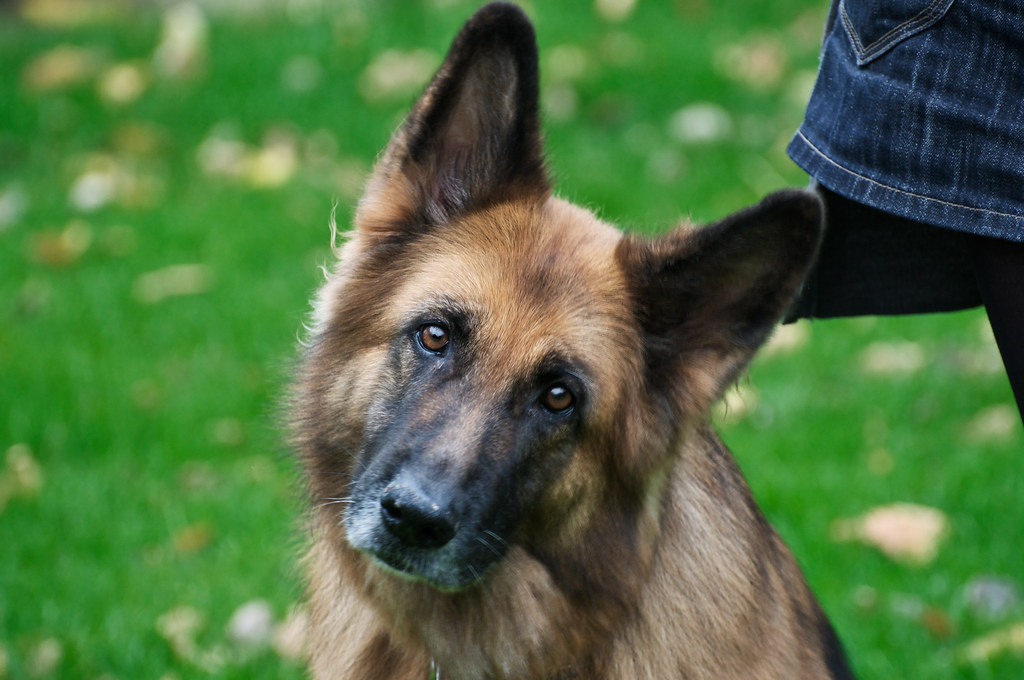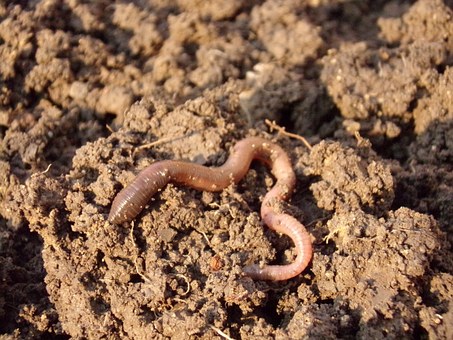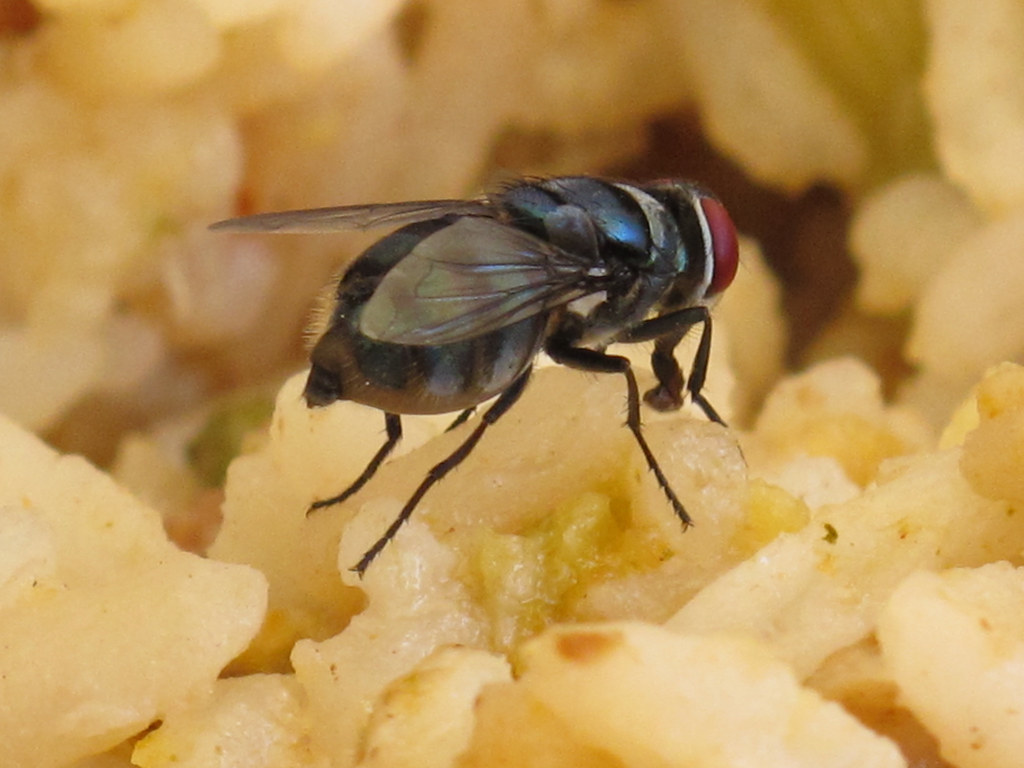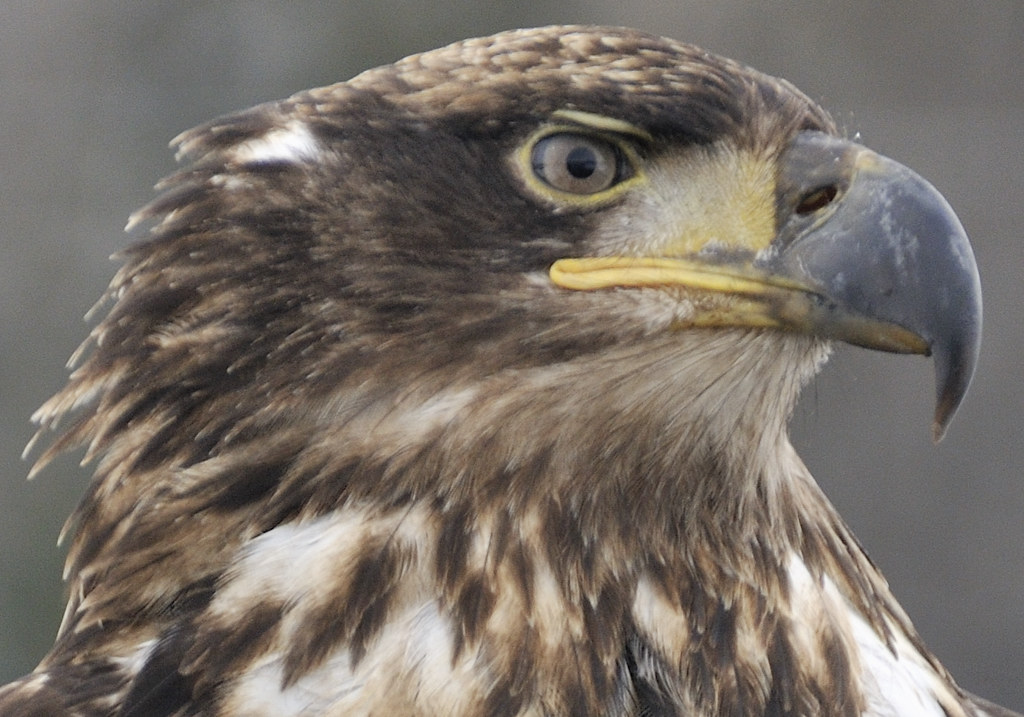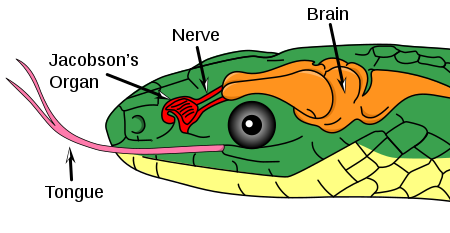Elementary Ecosystem Investigation: Sensory Garden
*Click Here for Upper Grades (6-12) Version*
 Investigate Your Senses
Investigate Your Senses
Humans have five basic senses that help send information to our brain so we can understand the world around us.
These senses help us to know what is safe or unsafe, what we like and don’t like, and observe what’s happening around us.
Scientists are great at using their senses to improve their observation skills!
SOURCES
.
 |
 Investigate Your Senses
Investigate Your SensesHumans have five basic senses that help send information to our brain so we can understand the world around us.
These senses help us to know what is safe or unsafe, what we like and don’t like, and observe what’s happening around us.
Scientists are great at using their senses to improve their observation skills!
| Click on the senses below to learn more about them! | ||||
 |
 |
 |
||
|
Click on the bat to learn about other animals' special senses! |
||||
| Sight | |
| Why do we see? | |
| In many ways, sight is the most important sense to humans. Our eyes are much more complex than those of most other animals'. While most animals get information about their environment through their sense of smell, we get most of ours from our sight. |
|
| For example, you have probably seen your dog with his nose to the ground, sniffing and moving along in the direction of what smells most interesting. |
|
| Humans don’t do that. We follow what we can see! Your dog could smell all of the wildlife that visited your yard, but we could not. We could see all the wildlife in vivid color, but your dog could not. |
 |
| How do we see? | |
| 1. Light reflects off of objects and bounces to your eyes. 2. The light passes through your eyes and turns into electrical signals. 3. These signals are sent to your brain. 4. Your brain processes these signals and creates the images you see! |
|
| Hearing | |
| Why do we hear? | |
| Hearing is important to humans because it allows us to communicate with one another. It helps us experience the world around us (music, television, bird calls, etc.) Hearing helps us stay safe (smoke detectors and other alarms, car horns, etc). |
|
| How do we hear? | |
The human ear is complex and broken down into three main parts:
|
|
| Touch | |
| Why do we feel (touch)? | |
Our sense of touch allows us to detect:
Our sense of touch tells us when something is hot or cold, smooth or bumpy, and everything in between. Do we need to let go? Hold on? Squeeze tighter? All of this is based on what we feel and how our brain reacts to it. Not only does our sense of touch tell us, for example, that someone has tapped us on the shoulder, but also which shoulder was tapped and which direction in which to turn around and look. |
|
| How do we feel (touch)? | |
| Your skin has many types of receptors, or very small structures. These receptors help us get information from the environment around us. They send signals to your brain based on the information they collect. |
|
|
Different kinds of receptors respond to different kinds of information. This helps your body understand fully what is touching your skin!
Some parts of the body have more receptors than other parts.
|
|
| Smell | |
| Why do we smell? | |
| Some scientists say that humans may be able to smell over 1 trillion scents!! Over time we have learned to recognize things as good or bad based on how they smell. For example, milk is stinky when it goes bad. Because it is stinky, we don't drink it and we don't get sick! There are exceptions to this, of course, but in general we use our sense of smell to better understand things around us. Smelling is also important to tasting. |
|
| How do we smell? | |
| High inside your nose is a small patch of millions of sensory cells. They are connected to your brain and each one has a receptor on it. Molecules, or tiny invisible particles, reach the receptors through your nose or your mouth. Signals are then sent to your brain and the smell is identified! |
|
| The roof of your throat and your nose are connected. This is why smell and taste are so closely related! When you have a cold and your nose is stuffy and you lose the ability for odors to reach the receptors through breathing, tastes aren’t as strong. While we can indeed taste without smelling, we get taste more fully when we also smell our food. |
 |
| Taste | ||
| Why do we taste? | ||
| Taste is a very important sense and has been throughout time. Early on, before we had fast food and grocery stores, it helped us to survive in the wild by teaching us what was safe to eat. A bitter or sour taste meant that something could be poisonous or rotten. A sweet or salty taste typically meant that it was rich in nutrients. |
||
| How do we taste? | ||
| Taste is a combination of the flavor we experience from our mouths, the smell we experience from our nose, and the touch we experience with our hands. | ||
We are able to recognize five different tastes:
|
||
| While most taste buds are on the tongue, some line the back of the throat, the inside of your nose, and the throat. We are born with about 10,000 taste buds but start to lose them around 50-60 years of age. The buds have sensory cells on them collect information about the molecules touching them. That information is sent to your brain. Your brain determines how what you're eating tastes. |
||
| Do Other Animals Sense Things the Same Way We Do? | ||
| Most animals do not have noses, eyes, hands, mouths, and ears like ours. Does that mean they don’t have the same senses we do? No! They just experience them in different ways. They face different challenges in their lives than we do, and have adapted to survive better in their habitats because of that. Check out this list of some of the wacky ways other animals’ senses work! | ||
|
How echolocation works
Wikimedia Click image to enlarge it |
Bats use echolocation to find food. This is the use of high-pitched pulses of sound and listening for the return of the pulse. They are able to determine distance and direction of objects in their environment this way. They can actually find food, like small insects, up to 18 feet away! | |
| Bees have several special senses! They have taste receptors on their jaws, legs, and antennae. Their vision is different than ours in that they have the ability to see the ultraviolet spectrum! This means they can see colors that we cannot – and flowers have patterns (called nectar guides) on them that only they can see. Bees have to process a lot of information to navigate and pollinate, but they do not have large brains to do it. Instead, they have a small ring of magnetic particles inside of their abdomen that can detect the magnetic field of the Earth. This helps bees define their location – sort of like the GPS that guides you in your car. |
Humans see yellow,
bees see nectar guides. Bjorn Roslett Click image to enlarge it |
|
|
Monarch touching leaf with feet
PIXNIO |
Butterflies have taste receptors on their feet. They use this to detect whether or not a plant is poisonous. They lay their eggs on the underside of leaves and the caterpillars that hatch out will eat the leaves – so a poisonous plant would kill the caterpillars! | |
| Catfish have taste buds all over their bodies – they are basically just long, slimy tongues! While humans have up to 10,000 taste buds on their tongues, catfish have over 175,000 taste buds all over their body. They typically live in really dark, muddy places, and don’t have great eyesight. The taste buds help detect prey in these conditions by tasting what is around them as water flows over them. |
Catfish in dark water
Wikimedia |
|
|
Dog reacting to hearing whistle
Wikimedia |
Dogs can hear sounds as high as 40,000 Hz – humans can only hear up to 20,000 Hz. This is what allows them to hear high-pitched sounds like dog whistles while we cannot! | |
| Earthworms’ entire bodies are covered with taste receptors. They use these to smell the air and their potential food sources. |
Worm in dirt
Pixabay |
|
|
Fly on food
Flickr - Simon Berry |
Flies have sensory hairs on their lips and their feet. This means that when they land on your food, they’re actually tasting it! And if they like what they taste, then they will use their mouthparts to consume it. | |
| Eagles (and other birds of prey) have 2-4 times better visual acuity, or sharpness of vision, than humans because they many more nerves in their eyes than we do – this means more information is sent from the eye to the brain! Normal vision for humans is 20/20; eagles (and other birds of prey) is 20/5. This means that they can see from 20 feet what most people can see from 5 feet! |
Immature Bald Eagle
Flickr - DCSL |
|
|
Diagram of snake sensory organs
Wikimedia Click image to enlarge it |
Snakes have nostrils, but they don’t use them like we do for smelling. Instead, they use their forked tongues! They collect scent molecules from the air when their tongues are out of their mouths. Then, when the snake pulls its tongue back inside its mouth, those molecules are to its “sensory center” (called the Jacobson’s organ) through the roof of its mouth, then to the brain through nerves connecting the two. The tongue can even help it figure out where its prey is located. Just by flicking its tongue outside of its mouth, it can determine whether the prey is to the right or left. | |
| Vultures can see small rodents from a height of 15,000 feet – that’s as tall as the Empire State Building! |
Turkey vulture in flight
Pixabay |
|
SOURCES
 |
||
|
|
 |
|
 Wildlife Tag
Wildlife Tag

